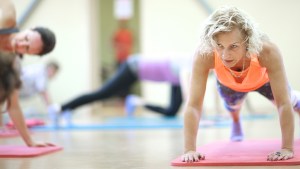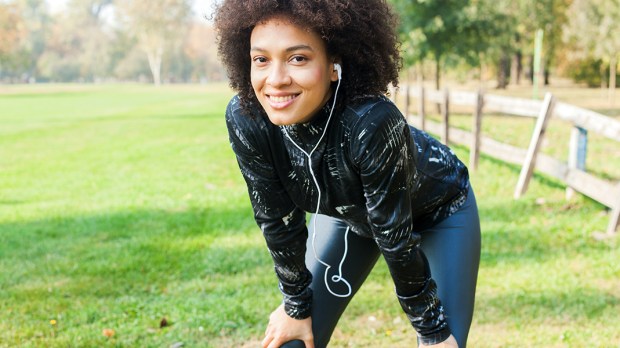Lenten Campaign 2025
This content is free of charge, as are all our articles.
Support us with a donation that is tax-deductible and enable us to continue to reach millions of readers.
Although quarantine restrictions are beginning to lift around the country, the threat of COVID-19 is far from over. As we start to spend more time in public, our chances of coming into contact with this virus, along with many other seasonal viruses, will gradually increase — which means that now, more than ever, is the time to bolster our immune systems.
We all know how important eating well and exercising are in maintaining good health, but you might not know that the type of exercise you do matters — some can even temporarily diminish your immune system, leaving you more vulnerable to sickness. So what’s the right type of exercise to do to keep your immune system in peak condition? So glad you asked!
1More is not better
When it comes to exercising and your immune system, more is not better. In fact, several studies have shown that long, endurance-style training sessions (think 10-mile runs or 2-hour bike rides) actually temporarily diminish your immune function for hours afterward. This is because long, exhausting workouts act as stressors on your body, causing a spike in stress hormones and inflammation. Although this response is temporary, it can nevertheless leave you more vulnerable to viruses for up to 24 hours afterward — which becomes a real problem if you engage in this type of exercise daily.
2Work harder, not longer
Instead of long, exhausting workouts, the best type of exercise for your immune system is actually short bouts of high-intensity exercise — think circuit or HIIT training. Getting your heart rate up fairly high (think 80-90% of your max, which should leave you panting with exertion) actually stimulates the production of microphages, the cells that attack bacteria and viruses. Short bursts of all-out effort will give you this immune-boosting response without causing your body to go into an immune-depleted state of stress. The best part? It doesn’t matter what kind of exercise you choose — interval sprints, rounds on a punching bag, even energetic stair-climbing or front yard freeze-tag can provide you with an extra burst of microphages (and energy!).
3Location matters
Although the type of HIIT training you choose doesn’t really matter, where you choose to exercise absolutely does. Whenever possible, you should choose to exercise outdoors. Not only will being outdoors drastically limit your exposure to respiratory-borne viral particles, but there’s also increasing evidence that high levels of Vitamin D offer protection from the worst forms of COVID-19. Low Vitamin D levels have been linked to severe and prolonged cases of COVID-19, while those with higher-than-normal levels of Vitamin D seem to fare better. Sunlight is unquestionably the best way to obtain Vitamin D — and given that we’re just entering springtime, we could all use a solid dose of sunshine!
4Have fun!
Finally, the best possible way to implement a workout program you’ll stick with — during this pandemic and afterward — is to make it fun. Moving our bodies should be enjoyable, so making this a form of play rather than punishment is essential. If you dread your daily workout, your body will release stress hormones no matter what type of exercise you choose to engage in, so spend some time thinking about the ways you enjoy moving. If you hate running but love dancing, find some Zumba classes on YouTube and take your laptop outside for a little backyard dance session. If the idea of a structured workout with your toddlers underfoot makes you reach for a paper bag to breathe into, teach them how to play leapfrog and hopscotch instead. Call it recess instead of a workout, and get your whole family outside for some immune-boosting family fun time.
This quarantine has been stressful enough on all of us — the last thing we need is one more stressor. So have some fun in the sun, and rest easy knowing that whatever you do can make a big difference!

Read more:
The 3 best exercises for women over 40

Read more:
How to pray while you exercise

